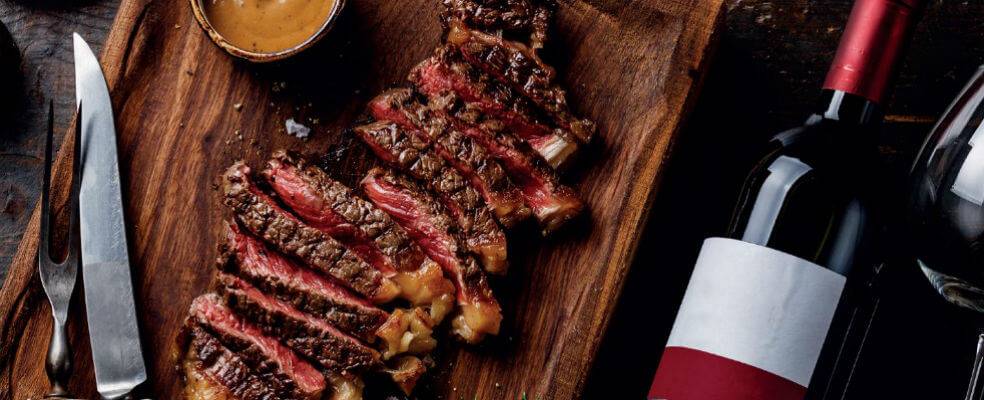So, you have read my previous blog in this series, and you went out and started trying wines. In the process, you identified two or three red wines and two or three white wines that made your grade. They look good, smell good, and taste good! NOW WHAT??? Now, nothing is what. The first thing is to completely ignore what others (including me) have to say.
Take your time and try each of the wines you found one by one with your favorite dishes. Are you planning to start up the smoker over the weekend and low and slow smoke a great brisket? Perfect opportunity to try each of the wines with the brisket! Is your wife preparing a roast for the oven? Here we go again – try each of the wines with the dish and MAKE YOUR OWN pairing choices!!
Second, nothing is to worry about what others might think of your pairings – especially when you are eating out and about to order a wine to accompany your meal. No law says you cannot have white wine with a meat dish (or red wine with white meat!!). Completely ignore the confused look on the wine waiter’s face – YOU ARE CHOOSING FOR YOU, not for what he/she thinks about your choices.
With all that said, do not be afraid to ask friends and/or servers for suggestions. Try what they have found – it might be an introduction to a great wine you have not tried yet. To make this whole experiment a lot more interesting, let’s make a simple little list of what characteristics we might find in food. A dish can be salty, spicy, have a high-fat content, be acidic (meaning slightly tart/sour in a pleasant way), or sweet.
Now, some pointers as to which likes what pairing:
- Salt is like acid or sweet.
- Spice likes sweets.
- Fat likes acid and/or tannin.
- Acid likes acid.
- Sweet likes, sweet.
A quick word here about acids and tannins: white wines tend to be based on acidity, while red wines are generally based on tannins. Acid is natural in grapes (in all fruit, really) – it is why an unripe fruit will taste sour. Over time, as the fruit ripens, acidity becomes less, and the sugars take over.
The balance between the acid and the sugars determines when the fruit will be harvested – that balance makes the difference between a bad and a good wine. Tannins come from the grape’s skin, and the level of tannic content in wine depends on how long the crushed grapes are left in contact with the skins.
White wines like Sauvignon Blanc and Pinot Grigio are good examples of high acidity, while a Chardonnay will be more gentle (lower in acidity) on the tongue. An off-dry (semi-sweet) wine like a Riesling would be great with a slightly sweet dish.
Red wines like Pinot Noir, Cinsault, Pinotage, and Zinfandel are known as “light” red wines, meaning they have less tannic content, while Cabernet Sauvignon and Shiraz are heavier wines (higher tannic content) that go great with richer (more fat) dishes. So there are the next steps of your wine adventure – pair your wine preferences with your food preferences.
Ignore what others have to say about the subject – take wine that you like and try it with food that you like until you find the pairing that you like. Make a note of that pairing – it is perfect for you!
It would be great to hear from you all about your personal pairings and how you found them! (Readers will note that I have disabled the comments section on my blog postings – just too much spam and idiocy comes back! If you wish to comment or get in contact, please use the contact details at the bottom of each page of our website.
Looking forward to hearing from you!!

